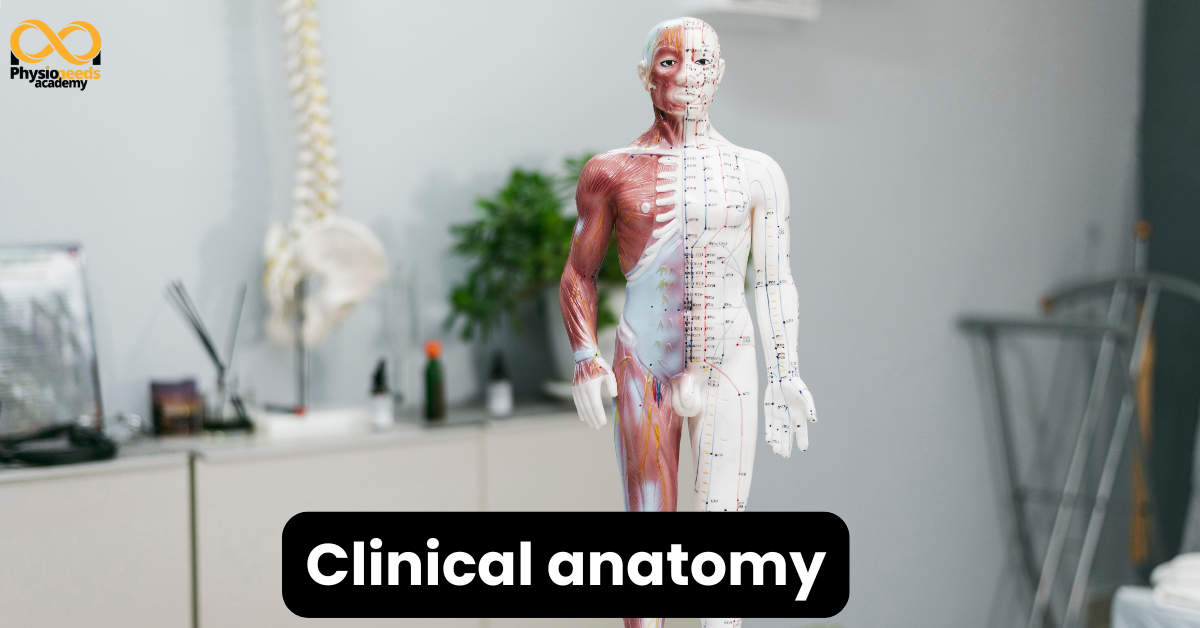There are no items in your cart
Add More
Add More
| Item Details | Price | ||
|---|---|---|---|
 Introduction
IntroductionClinical anatomy is the practical application of anatomical knowledge to diagnosis and treatment. It is the study of the structure and function of the human body as it relates directly to the practice of treatment.
Clinical anatomy plays a vital role in understanding the relationship between anatomical structures and their relevance to health and disease. In physiotherapy practice, physiotherapists encounter patients with various medical conditions and injuries. A solid understanding of anatomy enables physiotherapists to:
For physiotherapists, the human body is the focus of investigation and intervention on a daily basis. The study of anatomy, in some form, will continue to be essential to safe medical practice.
As a physiotherapy student, learning anatomy and physiology is one of the most crucial and challenging aspects of the degree. Understanding the intricate workings of the human body is essential for any healthcare professional. It's especially important for physiotherapists, who use this knowledge to:
Unlike theoretical anatomy, which includes detailed descriptions of all body structures, clinical anatomy narrows its focus to elements with direct implications on patient care. This includes:
Clinical anatomy's primary goal is to create a bridge between anatomical study and patient management. For every physiotherapist, this knowledge is not optional—it’s foundational to delivering accurate, effective, and safe care.
Explore our courses and enroll today at E-Physioneeds Academy